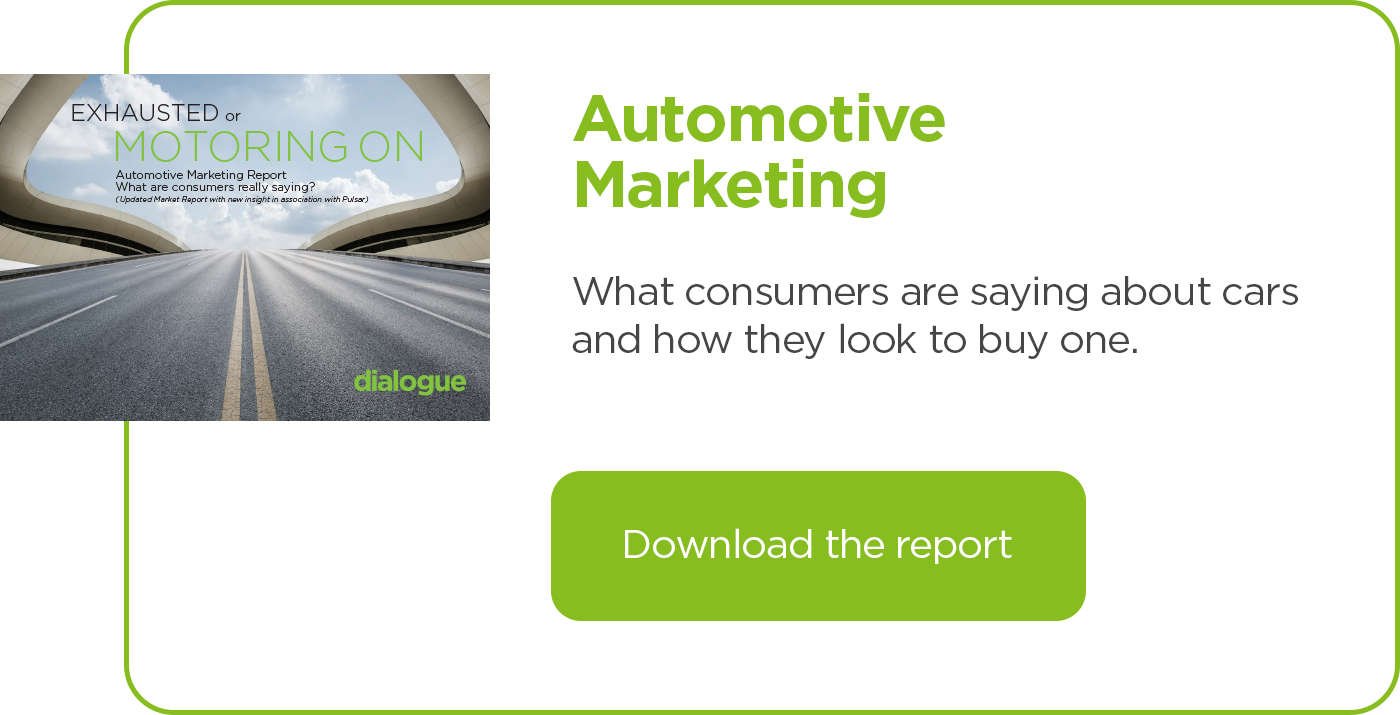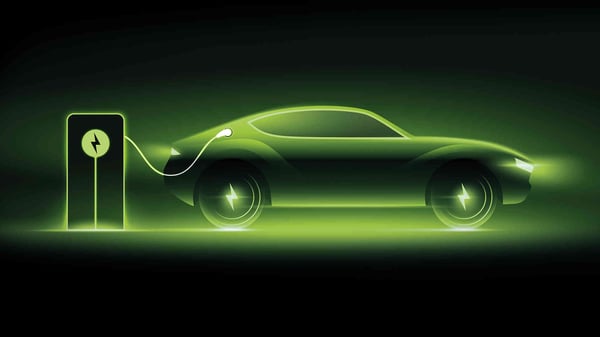
Automotive content marketing gold: dogs, car seats and cameras
Howard,
-
DOWNLOAD
Your Content Marketing Checklist >

-
REQUEST TODAY
A Content Consultation >

Car-related searches suggest a valuable role for automotive content marketing…
Think With Google has published an interesting report on trends within the automotive sector that offers useful insights into content marketing opportunities for brands.
Let’s start with the fundamentals. The report pulled in top volume queries from Google Search and YouTube as well as comments and insights from consumers across the USA, Germany and Japan to understand how trends are appearing in people’s lives.
This provided a generous foundation of information and, as Google notes, “With every query typed into a search bar, users provide a glimpse into their considerations and intentions.”
As you’d expect, it reveals interesting details about the priorities and occasional harmless eccentricities of humanity. In the USA, fuzzy steering wheel and car seat covers are out but pet-friendly car seats, hammocks, seatbelts and steps are in. In Germany, it’s all about subwoofers, car cameras and accessories for children. In Japan, there’s a desire to customise interiors with accessories like cute seat covers and set up rear seat monitors.
This data is obviously interesting for accessory manufacturers and car brands from a product development perspective, but it’s also interesting for brands that are thinking about how to promote themselves via automotive content marketing.
Benefits of automotive content marketing
Because these trends are key to what automotive consumers are really interested in, aligning your content marketing with them is the smart thing to do. Once you know what your audience is searching for and what the appropriate channel is, you can use that information to create unique and relevant content.
It is worth investing in creating high-quality evergreen automotive content – ‘What you need to know about driving in winter’, for example – and hosting it online can also lead to more traffic to your website. Click-throughs directly from posting on social media are always welcome, of course, but a coherent collection of evergreen content in a blog has the potential to drive traffic to your website for years to come.
That’s why it’s important to make sure your content fits SEO best practice and to review it periodically to check it’s still relevant. Some updates may be required every so often, but there may also be opportunities to modify it to join a new or evolving conversation. If you’re lucky, you can earn even more of a return on the same original investment while avoiding the need to start from scratch.
Reacting to data insight
That kind of success would be content marketing gold for the majority of brands selling online, but there’s a catch: reacting to this kind of data insight needs to happen fast.
That’s easier said than done. In the UK in particular, the automotive industry is largely trapped by its historic relationship with bricks-and-mortar dealerships and big-budget brand-building collateral such as car ads and brochures that take significant investments in time, money and resources to produce. In today’s marketplace, that’s a major vulnerability; using last year’s trends in this year’s brochure risks potential customers’ priorities having simply moved on in the meantime.
But, as a digital sales tool, high-quality automotive content is invaluable in reaching the growing number of users who want to bypass the traditional dealership apparatus and buy a car online instead. A growing number of brands are already operating in the ecommerce space within the UK, with household names like BMW, Tesla and Mercedes-Benz among them, and this accelerating shift to ecommerce will transform the automotive industry.
A more advanced form of this transformation can already be seen in China, where car brands have opened virtual showrooms and partnered with ecommerce sites. BMW, Maserati, Chang’an Automobile Group and Chery Automobile have shops on Alibaba’s Tmall platform, where consumers can pay deposits online and receive additional discounts, while car trading site Autohome launched an augmented reality-based virtual auto show with 360° footage of vehicles that users can access through smartphones.
We’ll have to wait and see how fast this trend develops in the UK, but all of this helps to highlight what kind of user-focused information is the most valuable. As Think With Google’s report has shown, a car brand might want to talk about adjustable exterior mirrors or rear parking sensors, but their potential customers want to know if there’s enough room for a hammock for their dog – yes, really. Then again, if a single adorable dog photo in the right place is what it takes to turn someone casually scrolling through their social channels into a sale, that sounds like a fantastic return on investment in content to us.
Do you want to find out more about the current state of automotive marketing, what users want, what brands are doing and what works? Talk to Dialogue today to find out more.
Related articles
Read more insightful articles
See more from the blogMonetising car membership clubs
Dialogue releases its new automotive report, Electric Vehicles: Brand Loyalty and Communications
MX-5 Owners' Club magazine wins at Classic & Sports Car Club Awards 2022
SEO for car marketing
Proud to be a winner of industry awards, recognised as content marketing experts in print and digital media.













